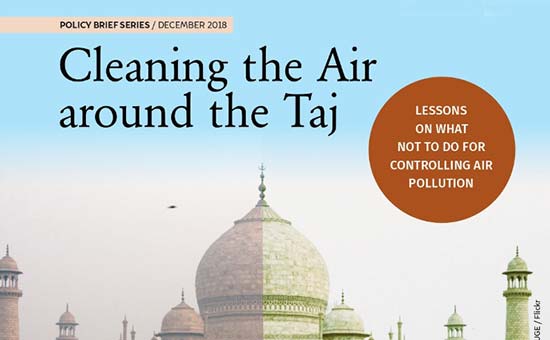Very few landscapes in India have been subjected to such intensive focus by the judiciary as the area known as Taj Trapezium Zone. It was the concern that the white marble of Taj was turning yellow, led the Supreme Court to pass series of direction (M. C Mehta V Union of India 1996) to clean up the air over the entire length and breadth of the Taj Trapezium Zone (‘TTZ’)1 . A special authority was created – Taj Trapezium Zone Authority2 (TTZ Authority). This was no easy task- the TTZ covers an area of more than 10,000 Sq Km over five districts in Uttar Pradesh3 . Over the last two decades, series of orders were passed. The Judicial intervention in the Taj case is recognized the world over as a classic case of continuing mandamus and an instance of exemplary judicial interest in environment. The most significant direction of the Supreme Court in the Taj Case was the direction that all industries which operate inside the TTZ area that would change over to natural gas as an industrial fuel. The industries which were not in a position to obtain gas connection shall have to stop functioning and may relocate themselves outside the TTZ. Given the level of judicial focus by the highest Court of the Land, one would have expected that the air quality would have improved.


